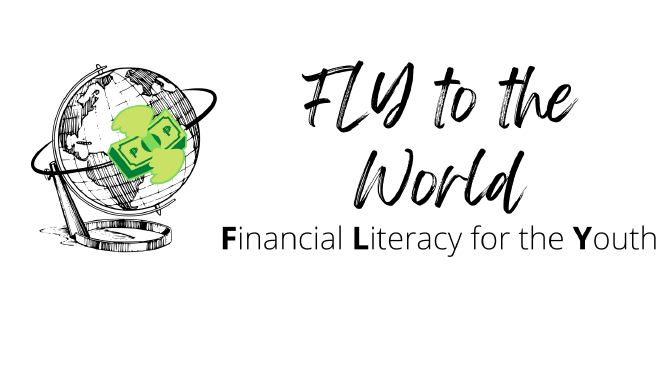Breaking Down the Balance Sheet: Understanding the Basics
By Max Grinold
The Balance Sheet is a key financial statement that shows the financial position of a company in a snapshot in time. The statement is broken down into Assets, Liabilities, and Equity. At a high-level, assets are anything that a company owns that can generate future economic value, liabilities are future obligations that a company owes, and equity is what would remain of the company if all the assets were sold and liabilities paid off (notably common stock and retained earnings). The balance sheet operates under one fundamental principle: assets = liabilities + equity. The better understand how certain business activities affect the balance sheet, let's break it down with a simple example of a bookstore.
In this example let's say that during the month of August a bookstore makes the following series of transactions:
Transaction 1: Buys $2,000 worth of books from a supplier in cash
Transaction 2: Pays rent of $3,000 in cash
Transaction 4: Buys 3 new bookshelves from a supplier for $4,000 on credit
Transaction 1:
When the bookstore buys $2,000 worth of books, its inventory balance will increase by $2,000. This represents the $2,000 worth of additional value added to the company’s assets through the purchase of books. At the same time, in order to buy these books, the company must spend $2,000 worth of cash, another asset. So through this transaction, in the company’s assets, its inventory balance will rise by $2,000 and its cash balance will fall by $2,000.
Transaction 2:
This transaction is a bit on the trickier side. Since rent payments are considered an expense, this would actually affect the income statement first. When the company pays this $3,000 rent expense it will decrease its net income on the income statement by $3,000. Retained earnings is a balance sheet item that represents the income left over from a business’s operations (what they can take home at the end of the day after taxes and expenses). Since the $3,000 expense decreases the net income of the company by $3,000, the retained earnings of the company will also decrease by $3,000 on the balance sheet. So in this transaction, the company’s cash balance will drop by $3,000 due to the rent payment, and its retained earnings will drop by $3,000 as well.
Transaction 3:
In this transaction, the company buys store equipment on credit. Because the bookshelves aren’t going to be sold within a year, and rather being used long term to store books, they are considered a non-current asset. Current assets are assets that can be liquidated much more easily, which the bookstore can convert into cash reasonably within a year. So when the bookstore buys these shelves for $4,000, its non-current assets will increase by $4,000. However, it is important to note that the company bought the bookshelves on credit. This means that they agree to pay the supplier at a future date rather than in cash upfront. So in this case, $4,000 is added to the current liabilities side in the form of accounts payable. Remember, liabilities represent an obligation for the company to make a payment in the future, so this purchase on credit of $4,000 is considered a current liability rather than a simple decrease in cash balance.
Tying it all together
So, after all of these transactions what is the end impact on the book store’s balance sheet? Lets start with the assets:
Current assets:
Cash balance: - $5,000 ($2,000 book purchase and $3,000 rent payment)
Inventory: + $2,000 ($2,000 book purchase)
Non-current assets:
Equipment: + $4,000 ($4,000 bookshelves purchase)
Now let's take a look at the liabilities side:
Current liabilities
Accounts payable: + $4,000 ($4,000 bookshelves purchase)
Lastly, let’s examine the equity side:
Retained earnings: - $3,000 (rent payment)
So, lets use the fundamental equation to see if our balance sheet still balances after these three transactions:
$1,000 (net assets) - $4,000 (liabilities) = -$3,000 (equity)
Congratulations! Our balance sheet has balanced. Hopefully these sample balance sheet adjustments has given you a basic understanding of how various transactions can affect a company’s balance sheet.
